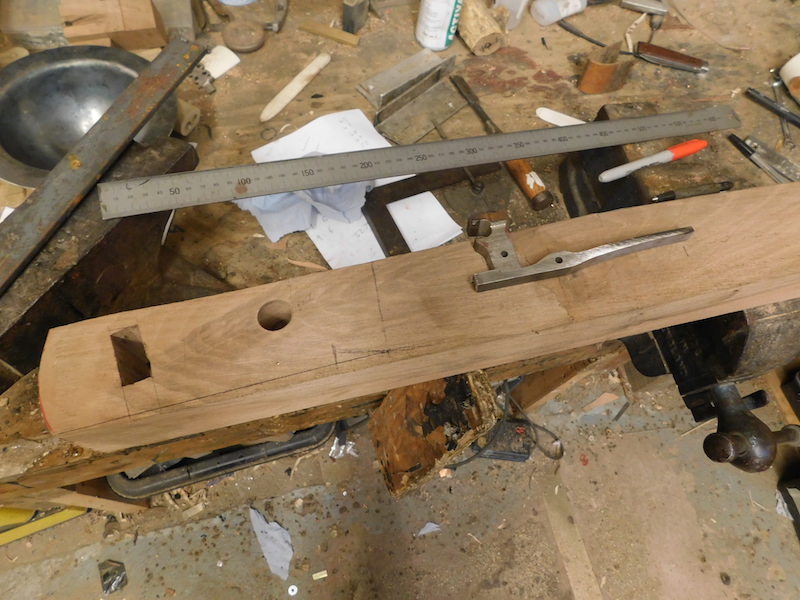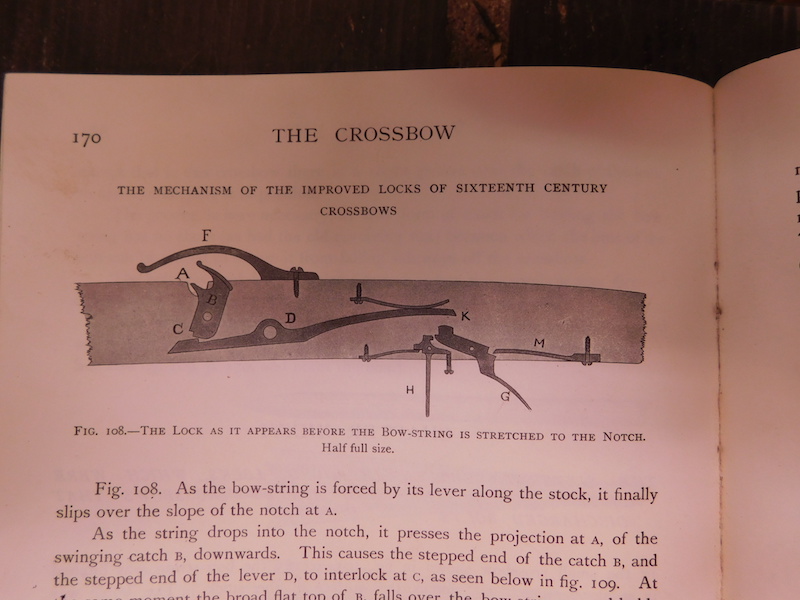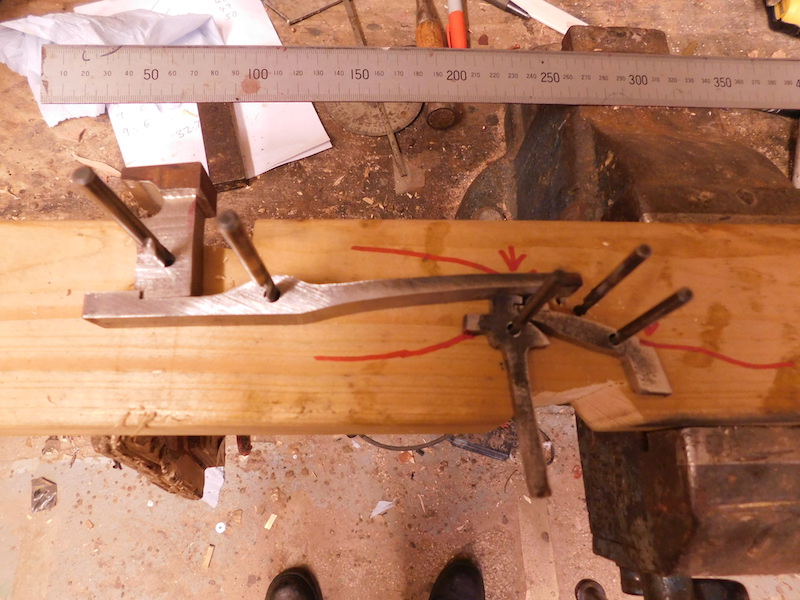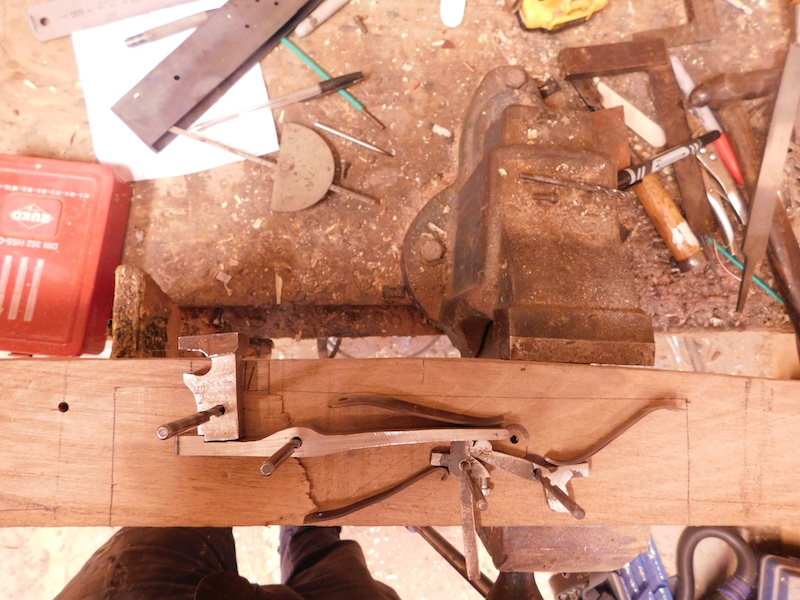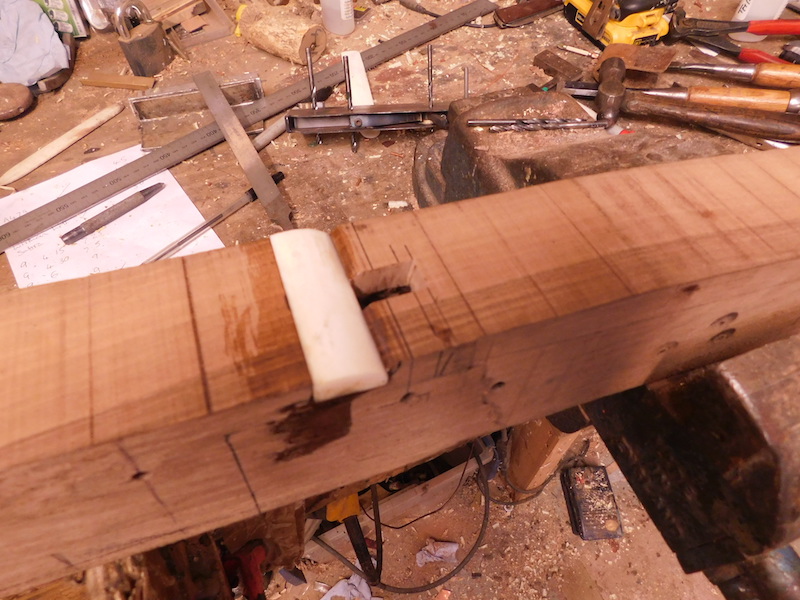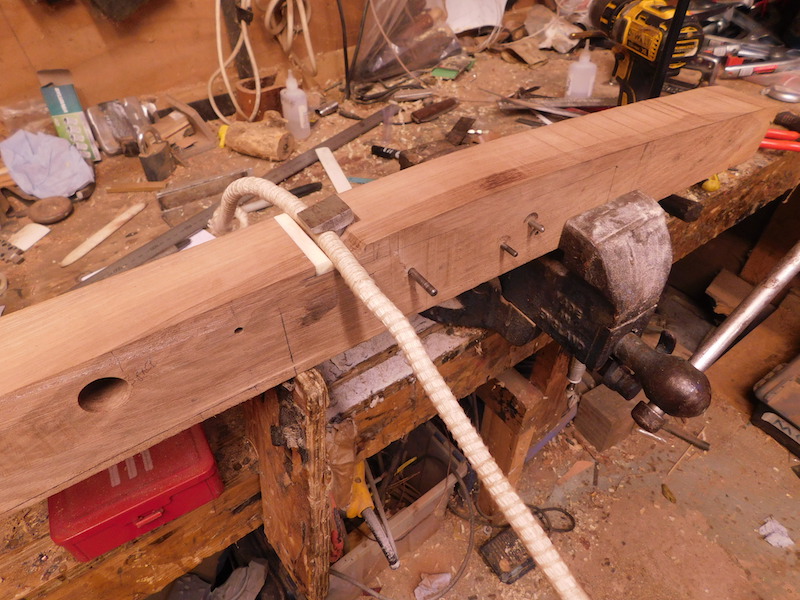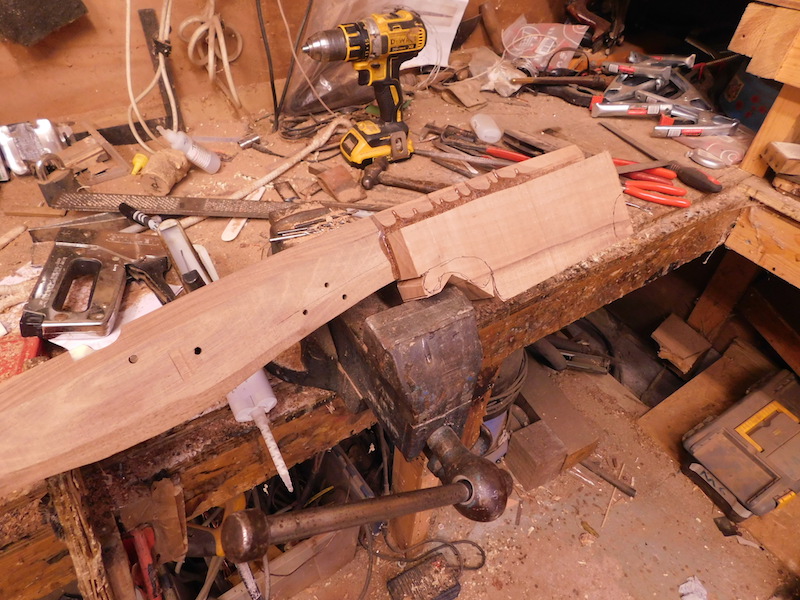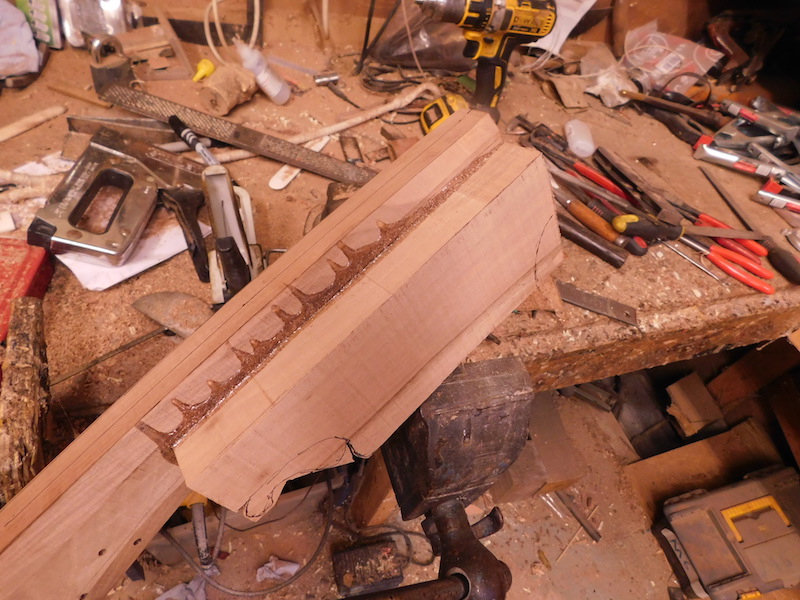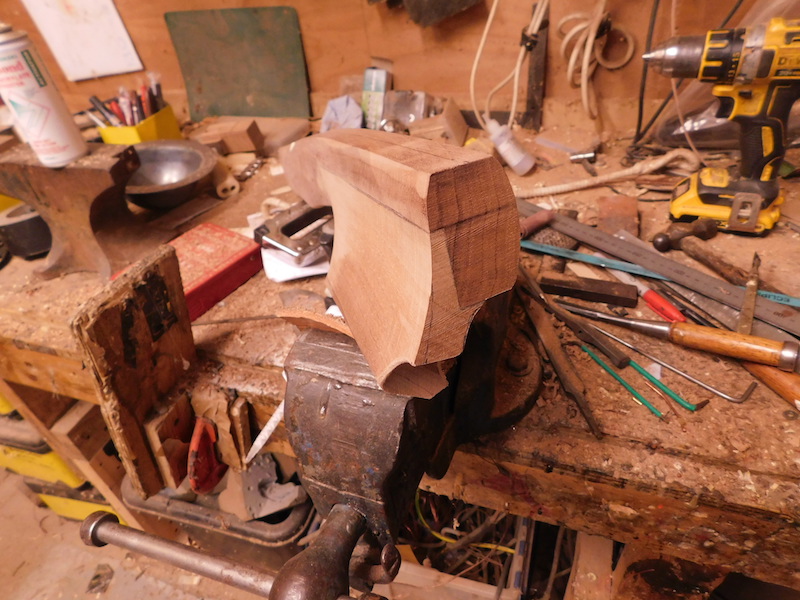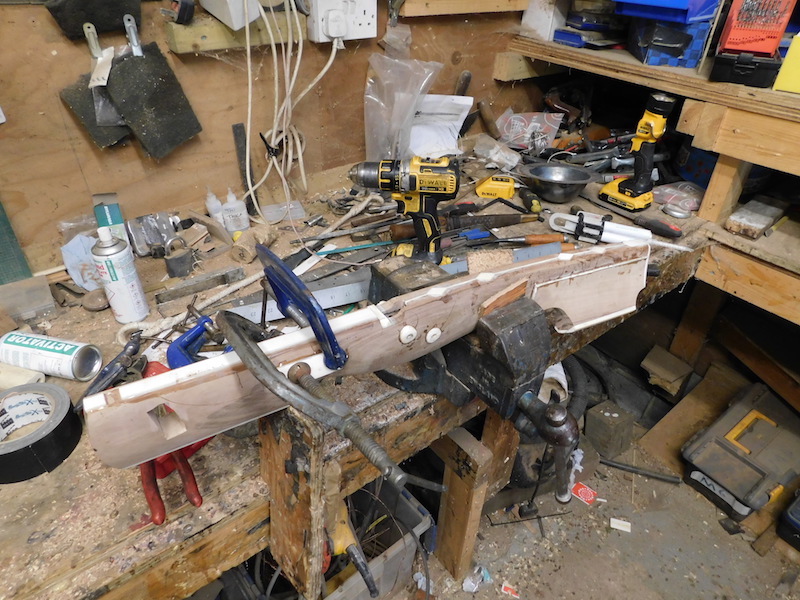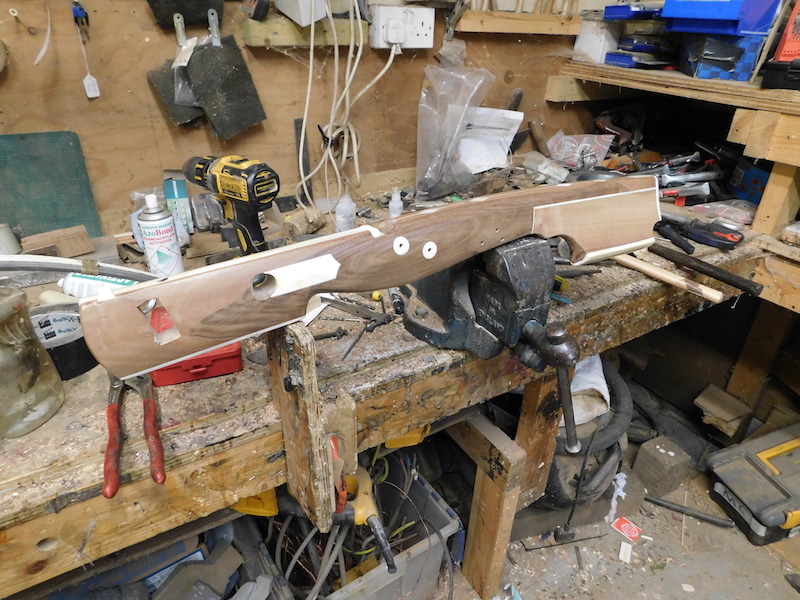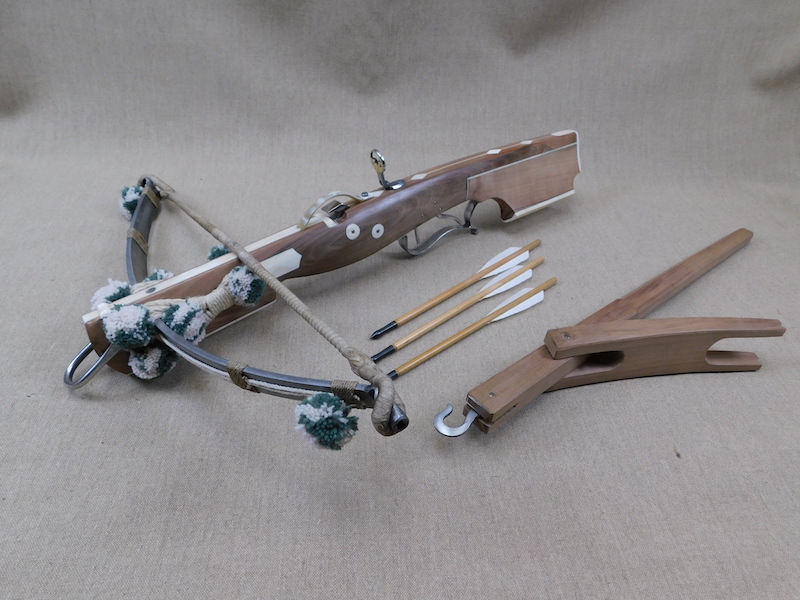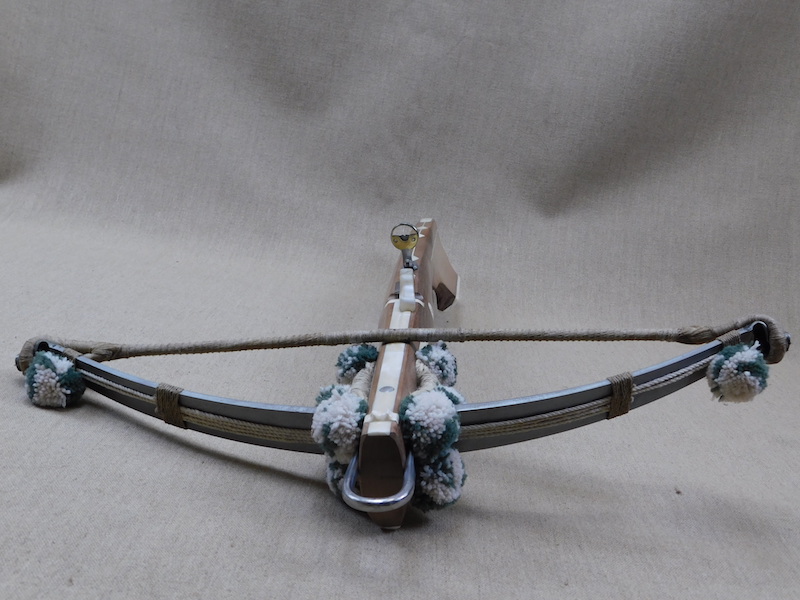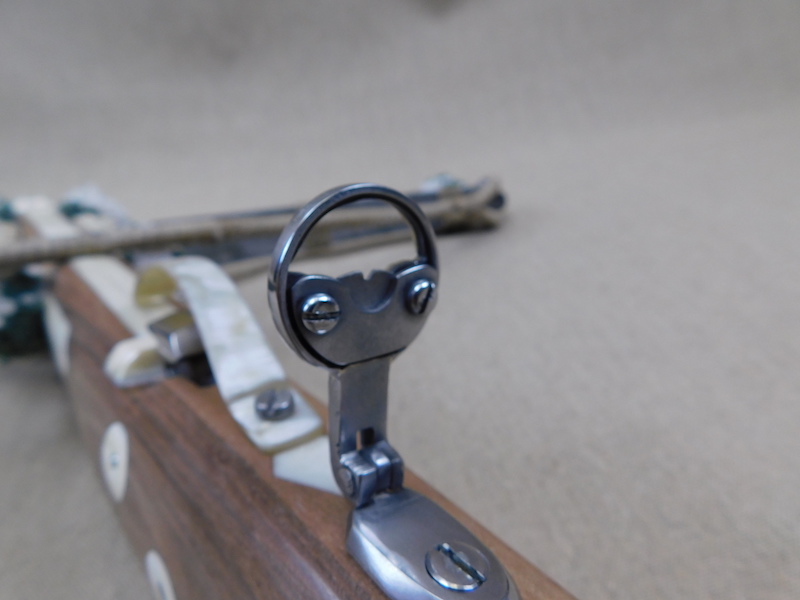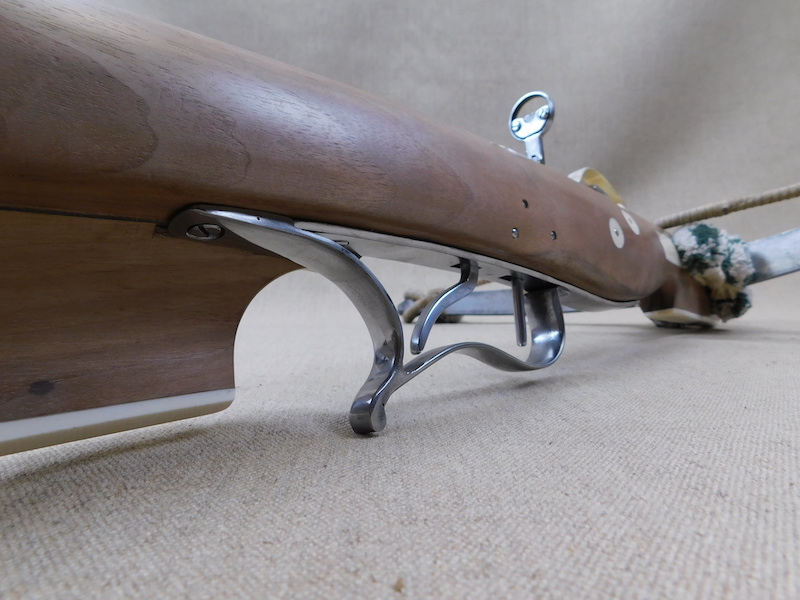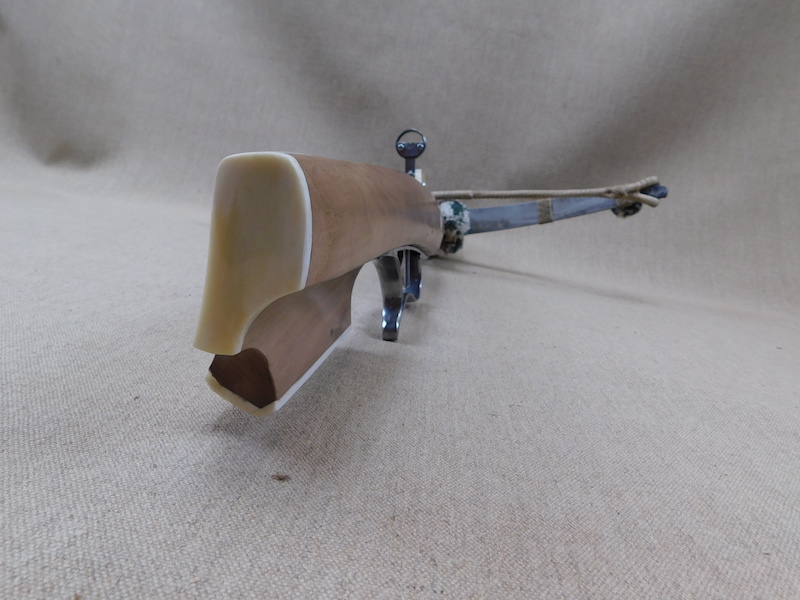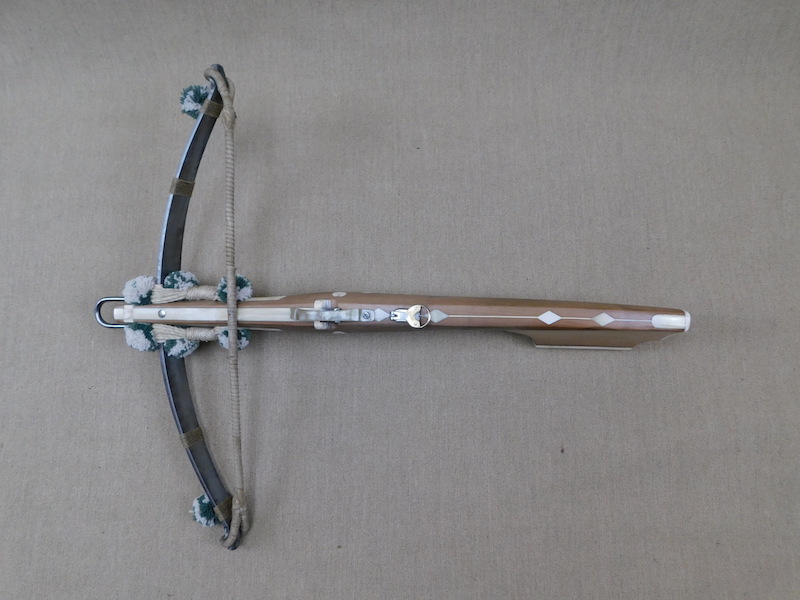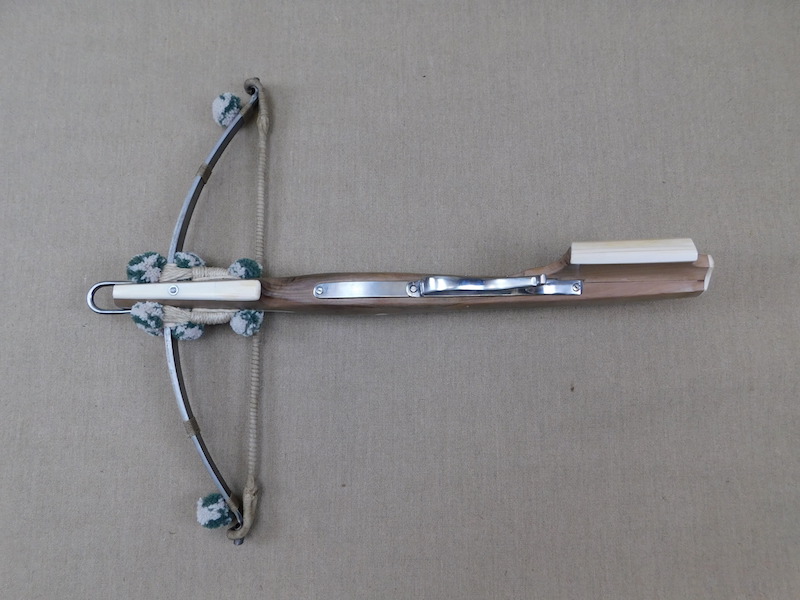I have just finished a reproduction of a German Schnepper hunting crossbow and would like to talk you through some of the process. Rather unfortunately I took photos of the stock manufacture and then forgot to carry on for the trigger system, so I will have to talk you through it instead.
These crossbows were popular in the late 17th and 18thC in the German states, but never really seemed popular in the UK.
The medieval crossbows that were used militarily, generally used a single axle rotating nut trigger system that had not really changed since late Roman times (as far as we can tell), but the crossbow stopped being used for military uses around 1500 and then the golden age of the hunting crossbow began. The rotating nut works just fine, is simple, cheap to make and effective, but it is not very sensitive and perhaps importantly is 'old fashioned'. It was important that wealth was displayed and that was often done by having the latest kit and I strongly suspect that the rapid and very complex development of crossbow triggers was part of this. The trigger system used in these bows was part of the rapid spread and development of different triggers systems.
The drawing and description of how the system operates as given in Payne Galweys' - The Book of the Crossbow, is very helpful.
The klap lock catch captures the string in a groove in the top of the stock and is retained by a long trigger bar. The trigger holds back a hammer driven by a strong spring and when the trigger is pulled, the hammer strikes the trigger bar and allows the catch to open. After each shot, the trigger system is re-cocked and all the parts move back into place. The components are all driven by springs that are carefully balanced against each other, so the fettling and setting up procedure is quite long.
The crossbow is spanned using a gaffe lever or wippe lever and as the string is driven along the stock, it slips into the groove, pushes down onto the klap lock catch and causes it to close. The whole system works very well and smoothly when it is set, but it can a take a while to get there.
The first stage is to string the bow and get it positioned in the stock and then before any further work on the stock takes place, all the trigger components need to be made and tested as best as possible. This is done by mounting the components on a scrap piece of wood and testing all the movements and spring weights. This is all fine, in theory, but it is not possible to test the system under load until it is all finished and assembled in the crossbow, so everything that comes after this is clouded in the knowledge that the trigger system may not be functional.
So I cross my fingers and keep going......
In the case of this crossbow I decided to make a box to house all the trigger components to allow me to fettle the system without having to work in the wood of the stock and once I was as satisfied as I could be I set the box into the stock and then shaped it.
Now the trigger components are complete the stock can be shaped. The first step is to set the bone plate into the notch and make sure the depth of the notch works with the string and the klap lock catch. After this the cheek piece can be set in and glued into position. Once everything is dry, the main shaping and curving of the stock is undertaken and the bone plates and pin striping are cut in and glued. Again, after this has dried, everything is cleaned back and polished.
Once the stock is finished, the trigger system can be assembled back in and the cover plate and the trigger guard fabricated and fixed.
The stock and trigger are now finished and all that is left is to lash the bow into place, cross my fingers and then test the bow....and all is good.
I hope you like the results and of course if there is anything you would like to know or any comments, please fire away.
Tod
